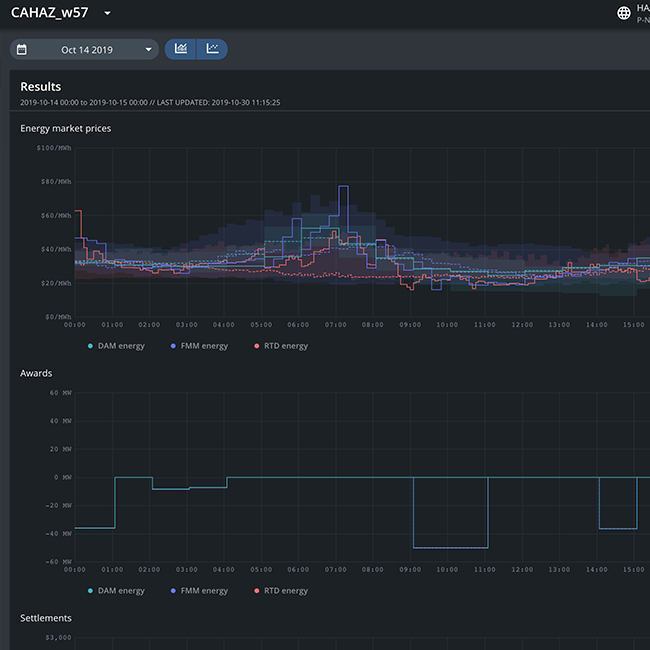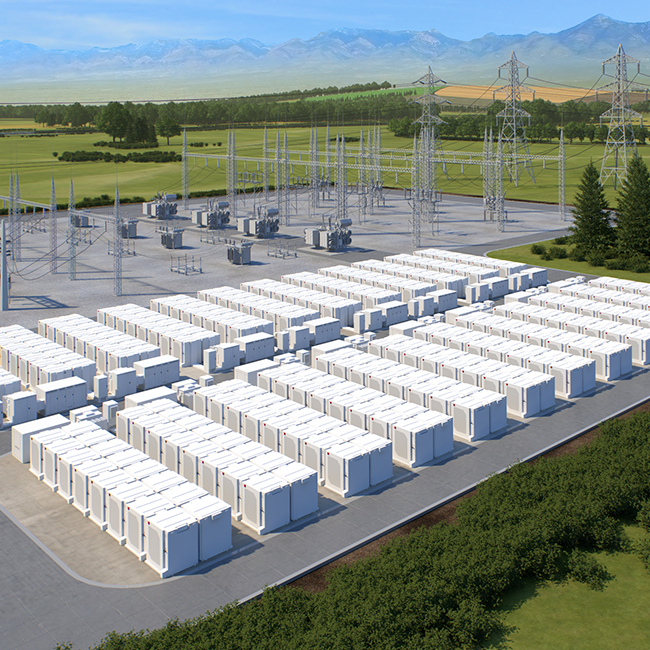The utility-scale energy storage market is in a constant state of evolution, presenting both new opportunities and ongoing challenges for owners and operators of large, dynamic fleets of renewables and storage assets. Early-year forecasts suggest that the U.S. grid battery fleet is set to double from 16 GW in 2023 to 30 GW by the end of this year, a testament to the sector's undeniable growth. Approximately 300 utility-scale battery storage projects are expected to come online by the end of 2025.
As storage fleets expand rapidly, the complexity of operating these assets optimally also increases. Emerging AI-powered software technologies are essential for optimizing storage fleet operations over asset lifetime, which can enhance reliability, maximize asset performance, and improve merchant outcomes. This article offers insights on the pivotal role of digital innovations and comprehensive solutions in navigating the future of grid-scale storage portfolios.
US annual and cumulative clean power capacity growth

Credit: US BESS installations ‘surged’ in 2023 with 96% increase in cumulative capacity, ACP says
Challenges in Utility-Scale Energy Storage
Energy storage is crucial for the clean energy transition, storing surplus energy from renewable sources to balance the grid for added resiliency and reliability. As grids modernize, utility-scale battery energy storage can support the integration of distributed energy resources and accelerate the transition to a more decentralized and strengthened grid.
The early days of large-scale battery projects faced significant challenges. One major hurdle was establishing trust in storage manufacturers and identifying reliable partners in an emerging sector with a limited track record. High costs, typical of developing technologies, posed another obstacle to greenlight projects. Storage technology itself was still developing and required numerous improvements in safety and performance. Additionally, the lack of regulatory support and incentives further complicated initial installations and market participation.

New Opportunities to Optimize Storage Investments
As the storage market has matured, many of the initial challenges have been addressed through technological advancements, regulatory progress, and the development of industry standards. Through the industry’s maturation, the focus has now shifted to maximizing return on investment through the efficient operational management of storage fleets. This new phase of industry evolution introduces its own set of challenges:
Revenue Generation
In a competitive energy market, maximizing revenue from storage assets is critical. This requires sophisticated bidding strategies that take into account market conditions, regulatory changes, and specific characteristics of storage assets themselves.
Operational Efficiency
As storage fleets grow in size and complexity, maintaining operational efficiency becomes increasingly challenging. Operators must find ways to optimize operations and maintenance (O&M) processes to reduce costs and ensure that assets are performing at their peak.
Degradation Management
One of the most pressing issues for operators is managing the degradation of battery assets. Over time, battery capacity can degrade, impacting performance and economic outcomes. Effective degradation management involves monitoring the state of balance and state of health of batteries and implementing strategies to extend their operational life.
Leveraging an Integrated Ecosystem for Real-World Storage Optimization
As the grid-scale storage market grows, integrating advanced software solutions becomes essential for optimizing performance and profitability. Fluence offers a comprehensive ecosystem that combines industry-leading storage solutions, services, and optimization software, allowing asset owners and operators to manage energy storage systems more effectively and profitably.
Maximize Revenue by Unlocking the Full Potential of your Battery Energy Storage System (BESS)
By proactively identifying performance issues and prioritizing necessary actions, you can reduce downtime and prevent emergencies that disrupt market participation. AI-based optimization software allows operators to continuously monitor and adjust operations and maintenance (O&M) schedules, adapting to changing market conditions and regulatory requirements. These capabilities ensure that your assets are always market-ready, helping you to maximize revenue and enhance competitiveness.
 Currently deployed on over 2 GWh of storage assets, Fluence NisperaTM provides visibility into what, where, when, and why performance issues are occurring and helps prioritize action to resolve them. This enables customers to maximize revenue and improve operational efficiency across their growing storage portfolios.
Currently deployed on over 2 GWh of storage assets, Fluence NisperaTM provides visibility into what, where, when, and why performance issues are occurring and helps prioritize action to resolve them. This enables customers to maximize revenue and improve operational efficiency across their growing storage portfolios.
Achieve Superior Efficiency through Intelligent Asset Operations
With continuous recalibration, your BESS can remain balanced and optimized, responding intelligently to emerging issues. Critical calibration points provide precise insights into the system’s state of charge, allowing early detection and correction of imbalances. This keeps your assets operating at peak performance and increases asset availability for market participation.
Integrated alerts and alarms further streamline operations by prioritizing the most critical issues. Instead of being overwhelmed by thousands of notifications, a single actionable alert focuses your team’s attention on the main problems, improving both efficiency and response times.
Mitigate Risks with Proactive Degradation Strategies
Effectively distinguishing between capacity degradation and operational inefficiencies provides a clear understanding of an asset’s true capabilities. This visibility ensures that assets meet market dispatch requirements consistently, avoiding penalties due to deviations. By implementing proactive degradation strategies—such as optimizing charging and discharging patterns—you can extend the asset’s lifespan and reduce wear and tear, ultimately maximizing the return on investment.
These innovations have already driven success in major projects worldwide:
Tilt Renewables’ Latrobe Valley BESS
Tilt Renewables leverages Fluence Mosaic™ to optimize approximately 1,500 MW of wind capacity. For battery storage, Tilt Renewables will employ Mosaic alongside Fluence’s asset performance management software, Nispera, to adapt to upcoming market changes and optimize operational performance. This BESS manufactured by Fluence in Latrobe Valley, a 100 MW system under construction in Victoria, Australia, will further improve electricity network reliability. Once completed, the Latrobe Valley BESS will store surplus energy, such as midday excess solar power, and release it during peak demand periods, ensuring a stable energy supply for the network.

Sonnedix’s El Arrayan Wind Farm
Sonnedix uses Nispera as its asset performance management software across its portfolio of wind farms, including over 230 MW of assets across multiple sites in Chile. Nispera’s AI-powered predictive maintenance alarms are actively helping Sonnedix increase its wind portfolio’s operating value and profitability. With these alarms, Sonnedix asset management team now feels confident leveraging Nispera’s alarms to communicate critical insights with its O&M service providers to organize and schedule maintenance months earlier than previously possible. The Sonnedix team sees this proactive approach as a critical evolution in renewables fleet management, optimizing the performance of their global portfolio moving forward.
By investing in integrated energy storage solutions, companies can not only optimize their storage fleets but also stay ahead of market changes, ensuring long-term success and sustainability in an ever-evolving industry. The future of grid-scale storage will be defined by those who can navigate its complexities with agility and foresight, leveraging technology to turn challenges into opportunities for growth and innovation.


















